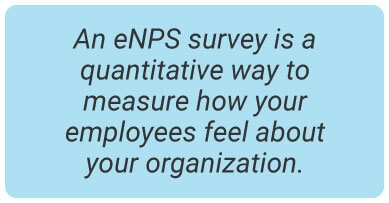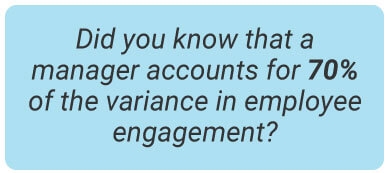
6 Employee Engagement Questions for eNPS Surveys
March 20, 2024
|
Erika Rahman
What is an eNPS survey, anyway?
Here’s why eNPS surveys should be important to you.

It’s time for a quarterly eNPS survey — ask these questions.


About the Author

Erika Rahman is a Product Marketing and Content Specialist at Motivosity. She studied marketing and business management at Utah Valley University. Erika has a broad background—from optometry to trade school administration—giving her a love and understanding for people across industries. She grew up in Northern California and Colorado, and currently calls the Utah slopes home.
Learn More
Learn More






